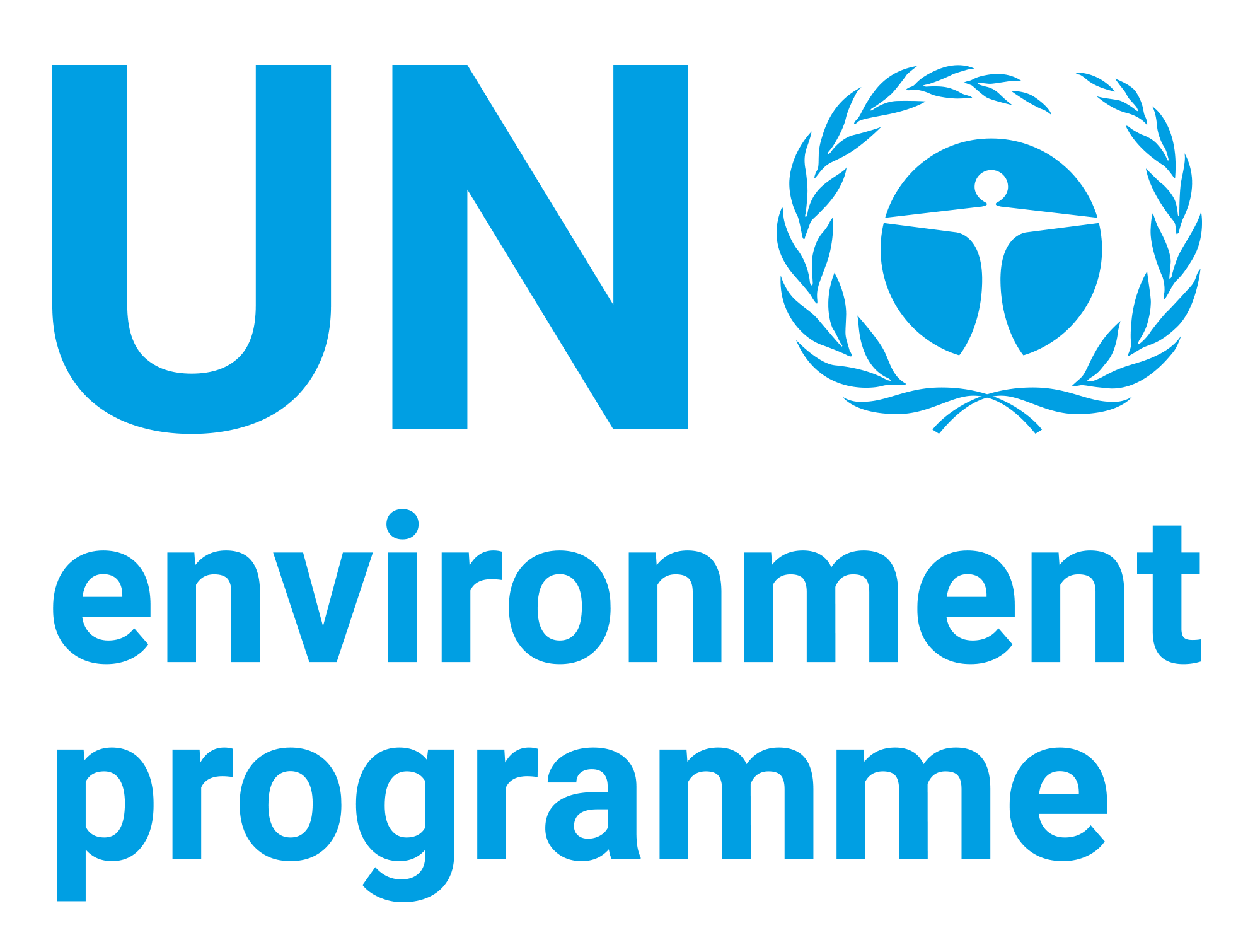How to Save the World: Strategy for World Conservation

Date
1980Author
United Nations Environment Programme
International Union for Conservation of Nature
World Wide Fund For Nature
Citation Tool
Bibliographic Managers
RT Generic T1 How to Save the World: Strategy for World Conservation A1 United Nations Environment Programme, International Union for Conservation of Nature, World Wide Fund For Nature YR 1980 LK https://wedocs.unep.org/20.500.11822/29432 PB AB TY - GEN T1 - How to Save the World: Strategy for World Conservation AU - United Nations Environment Programme, International Union for Conservation of Nature, World Wide Fund For Nature Y1 - 1980 UR - https://wedocs.unep.org/20.500.11822/29432 PB - AB - @misc{20.500.11822_29432 author = {United Nations Environment Programme, International Union for Conservation of Nature, World Wide Fund For Nature}, title = {How to Save the World: Strategy for World Conservation}, year = {1980}, abstract = {}, url = {https://wedocs.unep.org/20.500.11822/29432} } @misc{20.500.11822_29432 author = {United Nations Environment Programme, International Union for Conservation of Nature, World Wide Fund For Nature}, title = {How to Save the World: Strategy for World Conservation}, year = {1980}, abstract = {}, url = {https://wedocs.unep.org/20.500.11822/29432} } TY - GEN T1 - How to Save the World: Strategy for World Conservation AU - United Nations Environment ProgrammeUnited Nations Environment Programme, International Union for Conservation of NatureInternational Union for Conservation of Nature, World Wide Fund For Nature UR - https://wedocs.unep.org/20.500.11822/29432 PB - AB -View/Open
Item Statistics
Display item statisticsMetadata
Show full item recordDescription
The World Conservation Strategy, on which this book is based, represents several firsts in nature conservation. It is the first time that governments, non-governmental organizations and experts throughout the world have been involved in preparing a global conservation document. it is the first time that it has been clearly shown how conservation can contribute to the development objectives of governments, industry, commerce, organized labour and the professions. And it is the first time that development has been suggested as a major means of achieving conservation, instead of being viewed as an obstruction to it. But, more important, it represents a change in attitude. The confident assertion of the 1950s and 1960s that man would find solutions to all his problems has been supplanted by a new humility, born of the realization that even man's most astonishing achievements cannot offset his disastrous devastation of the earth, its plants and its animals. What the Strategy says quite clearly is that only by working with nature can man survive; conservation is in the mainstream of human progress. We must recognize that we are a part of nature and must resolve that all our actions take this into account. Only on that basis can the fragile life-support systems of our planet be safeguarded and only thus can the development of our own species go forward.
Collections
Document Viewer
To read more, scroll down below.

